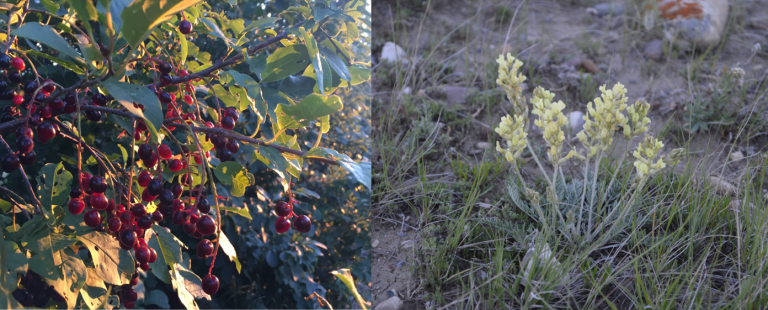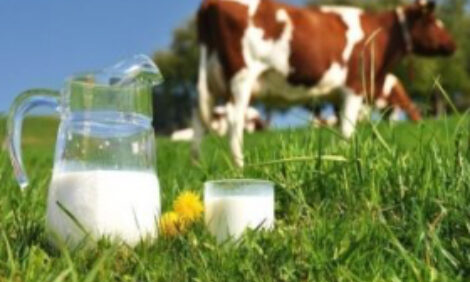



Beef Drought Management Strategies
Recurring drought is a natural part of the climate in many areas of Canada and creates a challenge when managing grazing and forage resources. Although droughts are often unpredictable, they are inevitable in many regions, so long-term farm and ranch management must include planning for and consideration of how drought will affect the entire system – including plants, livestock and water sources.
Although droughts are often unpredictable, they are inevitable in many regions, so long-term farm and ranch management must include planning for and consideration of how drought will affect the entire system – including plants, livestock and water sources.
Tips for drought management
- The benefits of rotational grazing and litter (plant residue) are especially evident during drought
- When managing through a drought consider combining groups of animals to encourage grazing of less desirable plants, and grazing pastures with species that are more tolerant of increased grazing pressure
- Extended rest periods and increased recovery times are necessary to protect plants during dry periods
- Feed testing and water testing are especially important during times of drought
- Drought plans should identify the group or class of livestock to be de-stocked first if necessary and at what point each group will be removed if the drought persists
- It is important to monitor for toxic or poisonous plants, which are more likely to be grazed during dry years
- Drought management strategies should be a permanent part of every grazing plan
One grazing strategy to consider during a drought is combining groups of animals. This will concentrate animals in a single herd which decreases the number of paddocks/pastures being used at any one time. The result will be extended rest periods and greater stocking density which results in less selectivity by individual animals and more uniform grazing. As much as possible, management should be focused on leaving litter (plant residue) behind to provide shade and insulation to the soil surface, reducing soil temperatures and minimizing moisture loss through evaporation.
Toxic or poisonous plants are more likely to be grazed during dry years as forage sources become depleted and grazing animals search for plants to graze. This can include chokecherries and locoweed (image below) among others.
 Sources of water for grazing animals can quickly become limited or unavailable during drought periods. It is recommended that any pastures that could possibly run out of water be grazed first. In some cases, it may become necessary to use a portable stockwater supply in order to continue grazing a forage source where water has become limiting.
Sources of water for grazing animals can quickly become limited or unavailable during drought periods. It is recommended that any pastures that could possibly run out of water be grazed first. In some cases, it may become necessary to use a portable stockwater supply in order to continue grazing a forage source where water has become limiting.
Sitting down and working through a risk analysis will be time well spent. Each operation, set of circumstances, and year, is unique. Identify all possible options, consider the pros and cons of each potential decision including the costs and returns of each. For example, if the decision is made to graze an annual crop that was intended for feed production, what is the alternate source of winter feed? What will be the cost if feed has to be purchased? Working through all possible scenarios and the resulting outcomes will help to determine the best, or least negative, action to take.
It is important to have a drought plan in place that identifies which group or class of livestock will be de-stocked first, if necessary. Reducing livestock numbers to match available forage supply may include:
- sending animals to rented pastures in other locations where moisture and forage production has not been impacted by drought;
- calves and/or cows may be removed from pasture and fed conserved forages, crop residues and/or grain in confinement (known as drylotting);
- yearlings may be marketed earlier than originally planned;
- calves may be weaned early. Dry cows can then be maintained on lower quality pastures or with supplemental feed sources;
- consider limiting retention of replacement heifers;
- the cow herd may be culled earlier and more heavily than normal including less productive cows, late calvers, poor temperament, and older cattle.
Pasture shouldn’t be restocked before having a chance to recover following the end of a drought. Just as under more normal conditions, the key to maintaining plant health is providing adequate rest. Particularly if pastures were pushed harder than would usually occur, it will be important to monitor recovery in order to determine how soon grazing can or should happen again.
Looking for more drought information? Check out the Canadian Beef Cattle Research Council's new drought page by clicking here!


